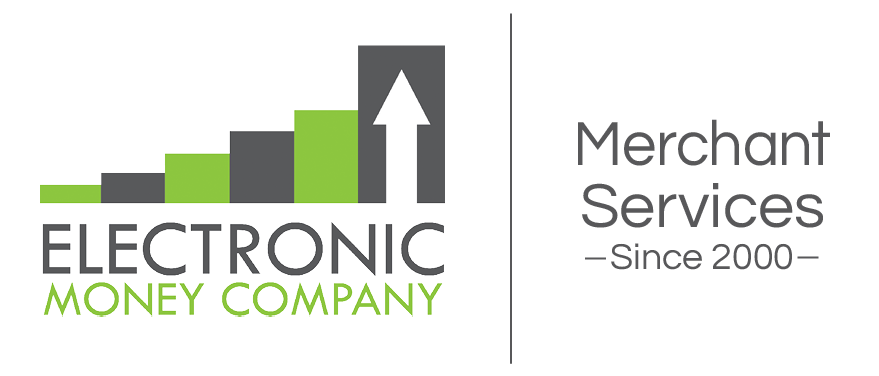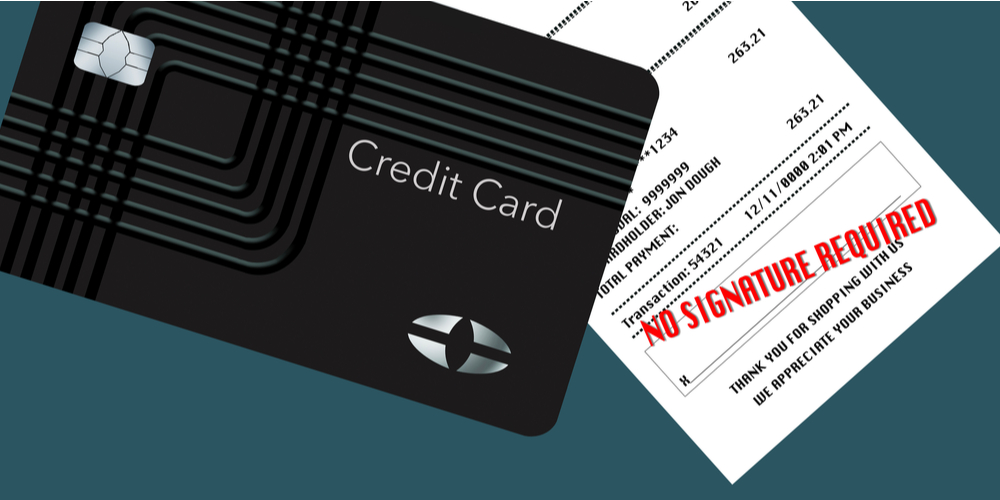All four credit card brands, Visa, MasterCard, American Express and Discover dropped the requirement for card holder signatures on receipts in April of this year, 2020. The signature used to be considered a deterrent against fraud, but with the new EMV chip technology, fraud has been reduced 80% for merchants. EMV stands for Euro MasterCard Visa. The technology initiated in Europe. The United States was responsible for most of the world’s fraud so eventually had to follow suit with the new chip card technology. They encouraged merchants to invest in the newer technology terminals by switching the liability for chargebacks to the merchant if they failed to adopt it.
The old swiped card technology was easy for fraudsters to steal cardholder data off the magnetic stripe on the back of cards. The new chip technology sends the information in encrypted format and the information back to the credit card POS is also encrypted. This has reduced fraud, so no longer is the signature considered a deterrent.
Visa and MasterCard had dropped the signature requirement for purchases under $50 a few years ago and assumed the liability for fraud since it was so low. American Express and Discover assume the risk for transactions under $25. The risk of fraud on small transactions was minimal since they were rarely charged back. The Covid-19 crisis has made consumers afraid to be touching the terminal keypads and sharing germs. This situation has encouraged more merchants to stop requiring the signature. For tickets over $50, the merchant still takes the liability of chargebacks, even though the signature is not required. For this reason, some merchants still require signatures and have their clerks check the backs of their customer’s cards for a match compared to the signature on the receipt.
Some merchants, who have lagged behind the times and are still using swipe card technology, carry a higher risk of chargebacks, since the consumers know that they can charge back a swiped transaction and always win. The merchant has the liability to switch to chip technology or take the risk of fraud.
Restaurants have been slow to remove the signature requirement because they want to present a paper receipt to the consumer at the table with the ability to add a tip. However, more and more restaurants are using tablet technology to take orders and payments at the table. Also, tip adjustments can be added to the tickets automatically, so they do not have to present the paper receipt with the tip line.
Apple Pay and Google Pay are more features that allow consumers to skip touching the POS screens and avoid having to hand their card over to a clerk. However, this technology has not been accepted in a widespread manner yet. People do not like change. They are used to a simple dip and done and get moving.
Merchants love the speed at which they can reduce lines by skipping the signature procedure. Merchants with larger tickets may still choose to require signatures to prevent losing chargebacks. It is up to the merchant whether he wants to require a signature or not. It is interesting that the brands dropped requirements for signature at the same time as Covid-19 was becoming a deep concern. Even though it is not required by the brands (Visa, MasterCard, American Express, and Discover), merchants still have the risk of chargebacks without the signature.
Contact us if you have questions about how to get pay-at-the-table technology or want to use such technology in other parts of your establishment besides the counter. Be sure to contact us if you are still using swiped technology only because it is putting you at higher risk.

